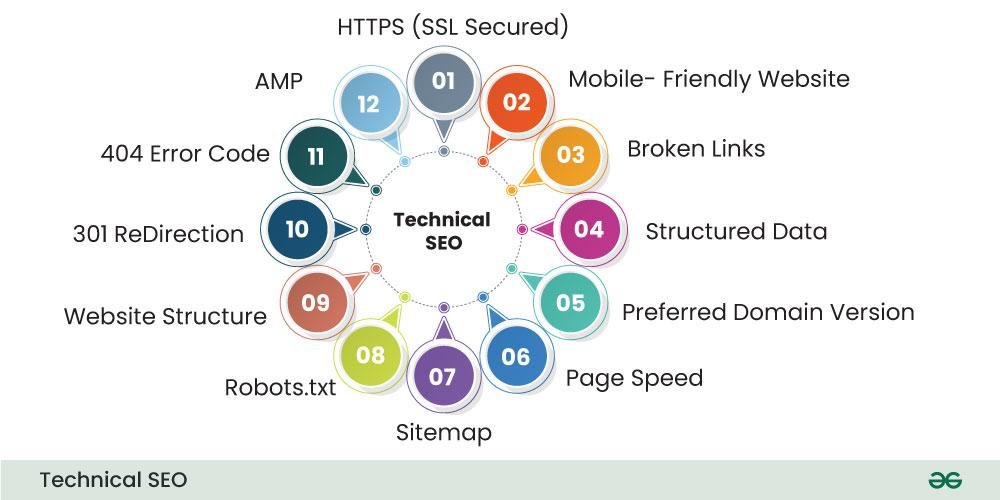If you’re running an online business or want to start accepting payments on your website, adding a payment gateway is essential. It might sound technical, but it’s easier than you think. Here’s a simple guide to help you get started.
Choose the Right Payment Gateway
Start by picking a reliable payment gateway that fits your business needs. Popular options include PayPal, Stripe, and Razorpay. Consider transaction fees, supported currencies, and customer trust when making your choice.
Check Compatibility with Your Website
Make sure the payment gateway you choose works well with your website platform. Most popular platforms like WordPress have plugins that make the integration process simple. Need help setting it up? Check out our Website Development services.
Set Up the Payment Gateway
Once you choose a payment gateway, follow the instructions to set up your account. You’ll need to provide your business information and link your bank account.
Install the Payment Plugin
If you’re using WordPress or other platforms, search for the payment gateway’s plugin and install it. Configure it by adding your API keys, which you’ll find in your payment gateway account.
Test the Payment Process
Always test the payment process before going live. Make a test transaction to ensure everything works smoothly. Check if customers receive payment confirmations and if funds reach your account.
Secure Your Website
Protect your customers’ sensitive information by using an SSL certificate and other security measures. Want help improving your site’s security and functionality? Visit Social Media Max for expert services.

Call to Action: Ready to Accept Payments?
Need assistance setting up a payment gateway on your website? Contact Social Media Max today! Call 0161 399 3517, email Syed_66@hotmail.com, or check out our About Us page. We’ll help you streamline your payment process and get your online business running smoothly!

